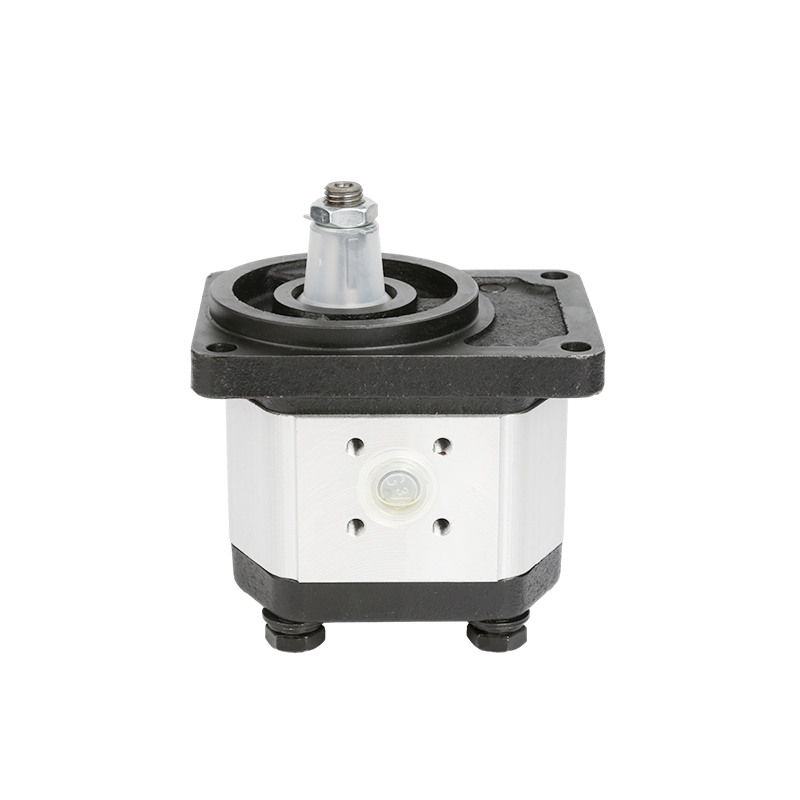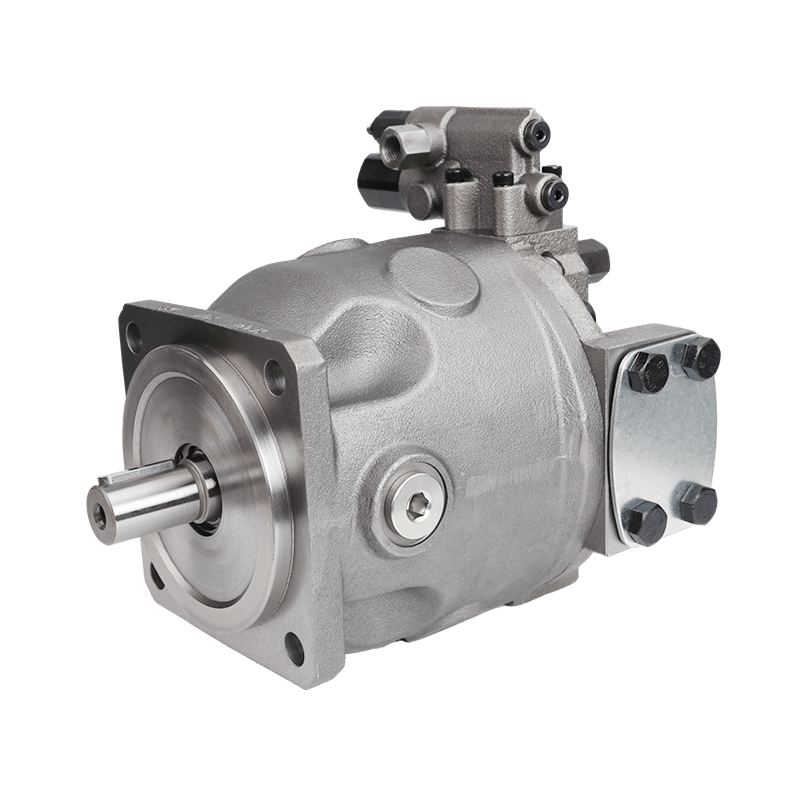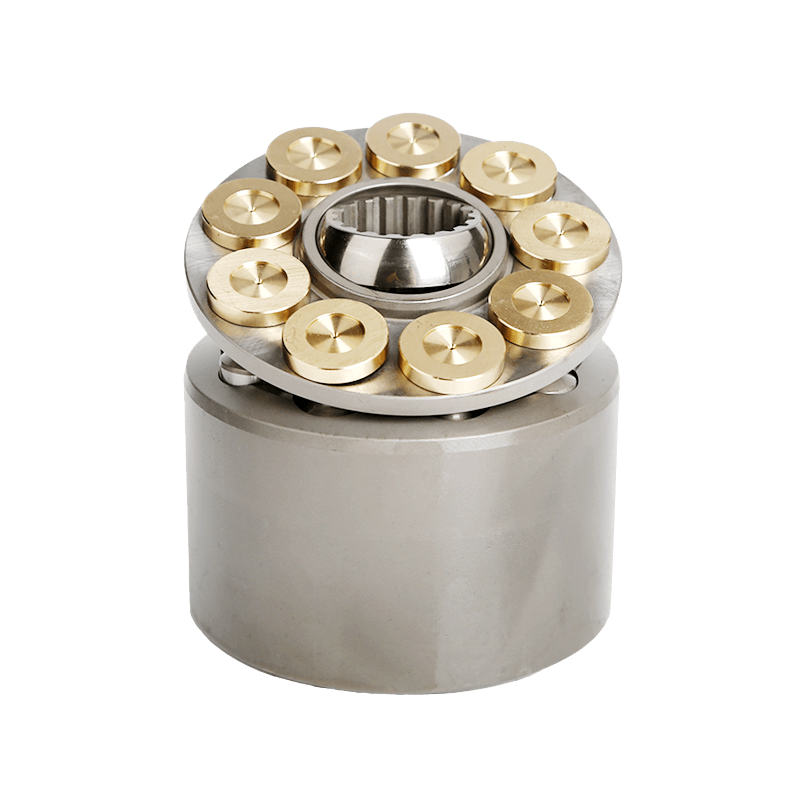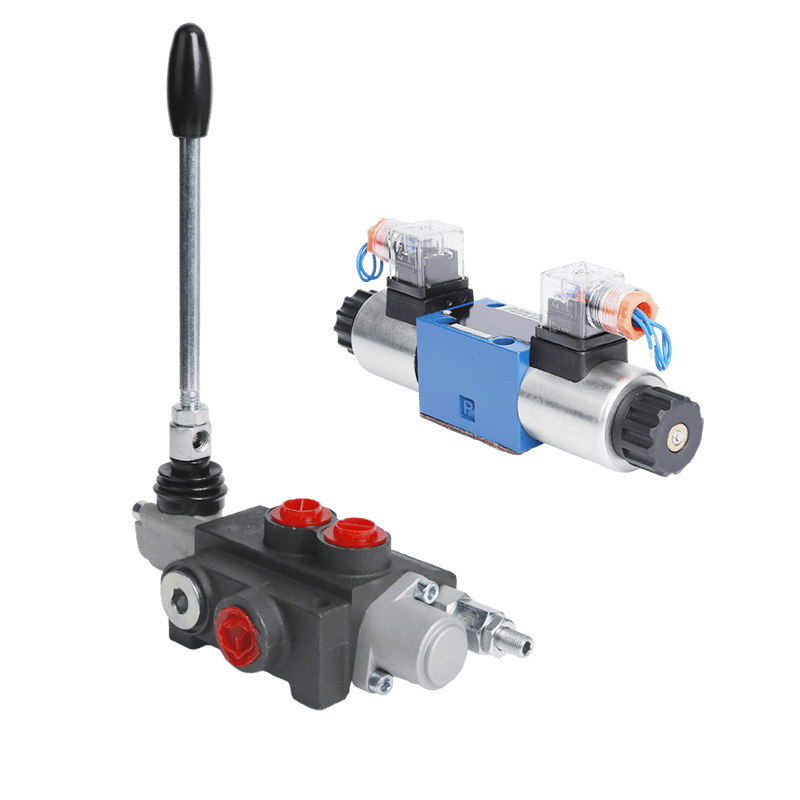Hydraulic motors and hydraulic pumps are both known as energy conversion devices, but they have different functions. Hydraulic pumps convert mechanical energy into hydraulic energy, while hydraulic motors convert hydraulic energy into mechanical energy. From the principle of operation, most hydraulic motors and hydraulic pumps are reversible, that is, the input pressure oil, the motor can rotate, and the input rotation, it can output pressure oil. However, they are in the design and manufacture of structural parameters, material properties and processing technology requirements are different.
The main difference between hydraulic motors and hydraulic pumps
Output: Hydraulic motor is the hydraulic energy into mechanical energy device, it requires as much as possible the output torque and speed, and the output flow can be small. While the hydraulic pump is the mechanical energy into hydraulic energy device, it requires as much as possible output flow and pressure, while the output torque can be small.
Structure: The structure of the hydraulic motor is generally low speed and high torque, so its inlet and outlet are generally one, that is, the hydraulic motor is single-acting type. It is usually connected with the working mechanism using key coupling, there are other forms of coupling. Due to the low-speed operation of the hydraulic motor, and the speed range varies greatly, therefore, bearings and other rotating parts of the lubrication problem is prominent, must solve the lubrication problem, otherwise, it will cause serious wear and tear, or even bite dead. In addition, the hydraulic motor leakage problem is also more serious, must attract sufficient attention.
The structural form of the hydraulic pump is generally high speed and small torque, so its inlet and outlet are generally two, that is, the hydraulic pump is double-acting type. Its connection with the prime mover is usually used coupling, there are other forms of coupling. Due to the high-speed operation of the hydraulic pump, therefore, the hydraulic pump bearings, shaft seals and other parts of the high requirements must ensure that these parts have sufficient stiffness, strength and wear resistance, at the same time, the sealing requirements are also very strict, otherwise, it will cause serious leakage of hydraulic pumps, and even can not work.
Working characteristics: The working characteristics of the hydraulic motor is mainly manifested in the relationship between its speed, torque and displacement, as well as the relationship between it and pressure. When the displacement of the hydraulic motor is certain, its actual speed is proportional to the flow rate of the input liquid; its actual output torque is proportional to the pressure of the input liquid. Due to the hydraulic motor low-speed operation, and pressure changes, it requires a large speed range and speed sensitivity, and requires the ability to withstand the positive and negative directions of the torque. In addition, when the rotational speed of the hydraulic motor is certain, its displacement is inversely proportional to the pressure of the input liquid and directly proportional to the output torque.
The operating characteristics of a hydraulic pump are mainly characterized by the relationship between its flow rate, pressure and efficiency. Its theoretical flow rate is only related to the pump geometry and speed, and has nothing to do with the output pressure. In fact, due to leakage and other factors, the flow rate of the pump with the increase in pressure and gradually decline. When the speed of the hydraulic pump is certain, its actual flow rate is related to the output pressure. The greater the output pressure, the greater the leakage, the smaller the actual flow rate. At the same time, the output pressure of the hydraulic pump is also subject to the structural strength of the pump, bearing capacity, the allowable pressure of the seals and the power of the prime mover and other factors. In addition, the volumetric efficiency of the hydraulic pump gradually decreases as the pressure increases, while the mechanical efficiency increases slightly as the pressure increases.
Rexroth, Parker, Marzocchi, Casappa and Vickers – these brands have hydraulic pumps and hydraulic motors. The corresponding hydraulic pump products are A10VSO, A7VO, PV, GHP, ALP, etc., and the corresponding hydraulic motors are A2FM, A6VM, A10FM, PGM, If ALM wants to know more, contact poocca hydraulics supplier immediately.
Application of hydraulic motors and pumps
Since hydraulic motors and hydraulic pumps have different characteristics as mentioned above, they also have different applications.
Hydraulic motors are mainly used in a variety of rotary devices, such as machine tool rotary table, power head rotary mechanism, engineering machinery rotary mechanism, ship’s propulsion device, the landing gear of the aircraft as well as the mill’s press down device and so on.
Hydraulic pump is mainly used in a variety of hydraulic systems or devices, for a variety of executive elements to provide a power source, such as the hydraulic system of the machine tool, the hydraulic system of the engineering machinery, the hydraulic system of the ship, the hydraulic system of the aircraft and the hydraulic rolling system.
Conclusion
Both hydraulic motors and hydraulic pumps are energy conversion devices, but their operating principles and structural features are different. Thus, in practical applications, they must be based on their unique performance characteristics and application areas, combined with specific needs to the correct choice and use, only by which can give full play to their respective advantages.











